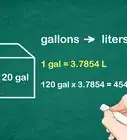This article was co-authored by wikiHow Staff. Our trained team of editors and researchers validate articles for accuracy and comprehensiveness. wikiHow's Content Management Team carefully monitors the work from our editorial staff to ensure that each article is backed by trusted research and meets our high quality standards.
This article has been viewed 132,787 times.
Learn more...
A repeating decimal, also known as a recurring decimal, is a decimal number that has a digit or digits that infinitely repeat at regular intervals.[1] Repeating decimals can be tricky to work with, but they can also be converted into a fraction. Sometimes, repeating decimals are indicated by a line over the digits that repeat. The number 3.7777 with 7 repeating, for instance, can also be written as 3.7. To convert a number like this to a fraction you write it as an equation, multiply, subtract to remove the repeating decimal, and solve the equation.
Steps
Converting Basic Repeating Decimals
-
1Locate the repeating decimal. For instance, the number 0.4444 has a repeating decimal of 4. It is a basic repeating decimal in the sense that there's no non-repeating portion to the decimal number. Count how many repeating digits there are in the pattern.
- Once your equation is written, you will multiply it by 10^y, where y equals the number of repeating digits in the pattern.[2]
- In the example of 0.4444, there is one digit that repeats, so you will multiply the equation by 10^1.
- For a repeating decimal of 0.4545, there are two digits that repeat, and you would, therefore, multiply your equation by 10^2.
- For three repeating digits, multiply by 10^3, etc.
-
2Rewrite the decimal as an equation. Write it out so that x equals the original number. [3] In this instance, the equation is x = 0.4444. Since there’s only one digit in the repeating decimal, multiply the equation by 10^1 (which equals 10).[4]
- In the example where x = 0.4444, then 10x = 4.4444.
- With the example x = 0.4545, there are two repeating digits, so you multiply both sides of the equation by 10^2 (which equals 100), giving you 100x = 45.4545.
Advertisement -
3Remove the repeating decimal. You accomplish this by subtracting x from 10x. Remember that whatever you do to one side of the equation must be done to the other, so:[5]
- 10x – 1x = 4.4444 – 0.4444
- On the left side, you have10x - 1x = 9x. On the right side, you have 4.4444 – 0.4444 = 4
- Therefore, 9x = 4
-
4Solve for x. Once you know what 9x equals, you can determine what x equals by dividing both sides of the equation by 9:
- On the left side of the equation you have 9x ÷ 9 = x. On the right side of the equation you have 4/9
- Therefore, x = 4/9, and the repeating decimal 0.4444 can be written as the fraction 4/9.
-
5Reduce the fraction. Put the fraction in its simplest form (if applicable) by dividing both the numerator and denominator by the greatest common factor.[6]
- In the example of 4/9, that is the simplest form.
Converting Numbers With Repeating and Non-Repeating Decimals
-
1Determine the repeating digits. It’s not uncommon for a number to have non-repeating digits before the repeating decimal, but these can still be converted into fractions.[7]
- For example, take the number 6.215151. Here, 6.2 is non-repeating, and the repeating digits are 15.
- Again take note of how many repeating digits there are in the pattern, because you will multiply by 10^y based on that number.
- In this example, there are two repeating digits, so you will multiply your equation by 10^2.
-
2Write the problem as an equation and subtract the repeating decimals. Again, if x = 6.215151, then 100x = 621.5151. To remove the repeating decimals, subtract from both sides of the equation:[8]
- 100x – x (= 99x) = 621.5151 - 6.215151 (= 615.3)
- Therefore, 99x = 615.3
-
3Solve for x. Since 99x = 615.3, divide both sides of the equation by 99. This gives you x = 615.3/99.
-
4Remove the decimal in the numerator. Do this by multiplying the numerator and denominator by 10^z, where z equals the number of decimal places you must move to eliminate the decimal.[9] In 615.3, you have to move the decimal by one place, meaning you multiply the numerator and denominator by 10^1:
- 615.3 x 10 / 99 x 10 = 6153/990
- Reduce the fraction by dividing the numerator and denominator by the highest common factor, which in this case is 3, giving you x = 2,051/ 330[10]
Community Q&A
-
QuestionHow do I make an improper fraction into a mixed number?
 DonaganTop AnswererTo convert an improper fraction to a mixed number, divide the denominator into the numerator. The whole number of the quotient is the whole number of the mixed number. If the quotient also has a remainder, the remainder is the numerator of the fraction in the mixed number. The denominator of the fraction is the same as the denominator of the improper fraction. For example, to convert 13/5 to a mixed number, divide 5 into 13. The quotient is 2-3/5. 2 is the whole number of the mixed number. 3 is the numerator of the fraction of the mixed number. 5 is the denominator of the fraction of the mixed number. Thus, the mixed number is 2-3/5 (two and three-fifths).
DonaganTop AnswererTo convert an improper fraction to a mixed number, divide the denominator into the numerator. The whole number of the quotient is the whole number of the mixed number. If the quotient also has a remainder, the remainder is the numerator of the fraction in the mixed number. The denominator of the fraction is the same as the denominator of the improper fraction. For example, to convert 13/5 to a mixed number, divide 5 into 13. The quotient is 2-3/5. 2 is the whole number of the mixed number. 3 is the numerator of the fraction of the mixed number. 5 is the denominator of the fraction of the mixed number. Thus, the mixed number is 2-3/5 (two and three-fifths). -
QuestionHow do I show that the reciprocal of 0.131313 is 7.5?
 DonaganTop AnswererActually it's not. Use a calculator to divide 1 by 0.131313. You'll get 7.615.
DonaganTop AnswererActually it's not. Use a calculator to divide 1 by 0.131313. You'll get 7.615.
References
- ↑ https://mathworld.wolfram.com/RepeatingDecimal.html
- ↑ http://www.virtualnerd.com/tutorials/?id=PreAlg_05_01_0037
- ↑ http://www.basic-mathematics.com/converting-repeating-decimals-to-fractions.html
- ↑ https://www.khanacademy.org/math/algebra/alg-1-old-content/conv_rep_decimals/v/coverting-repeating-decimals-to-fractions-1
- ↑ http://www.virtualnerd.com/tutorials/?id=PreAlg_05_01_0037
- ↑ https://www.khanacademy.org/math/algebra/alg-1-old-content/conv_rep_decimals/v/coverting-repeating-decimals-to-fractions-2
- ↑ https://www.youtube.com/watch?v=A1iGzAugfcs
- ↑ https://www.youtube.com/watch?v=A1iGzAugfcs
- ↑ https://www.youtube.com/watch?v=A1iGzAugfcs
About This Article
To convert repeating decimals to fractions, start by writing an equation where x equals your original number. For example, x = 0.4444. Then, multiply both sides of the equation by 10^1, since there’s just 1 repeating digit in your original number, to get 10x = 4.4444. Next, remove the repeating decimal by subtracting x from 10x on both sides to get 9x = 4. Finally, solve for x to get 4/9. To learn how to convert numbers with repeating and non-repeating decimals, scroll down!
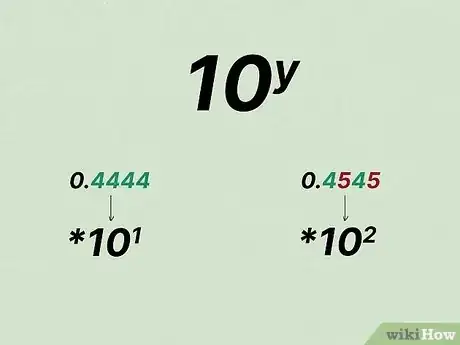
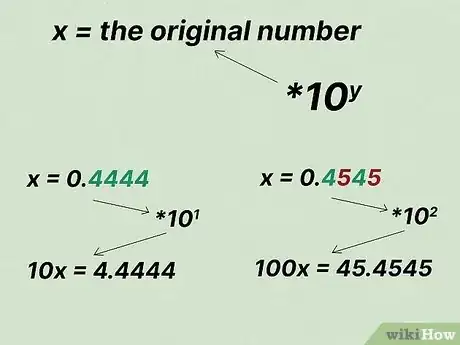
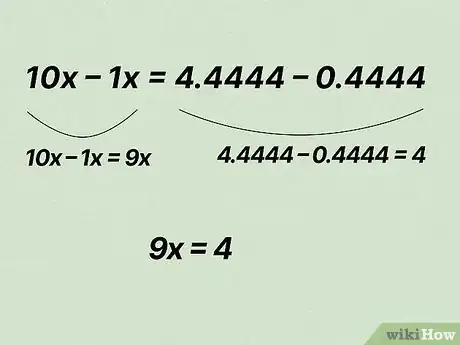
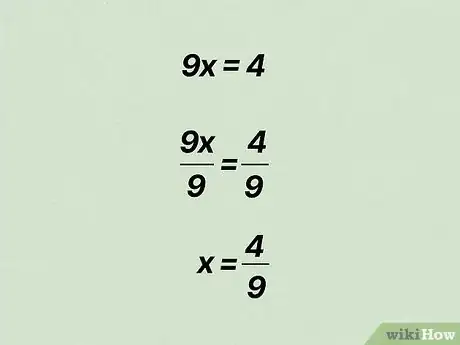
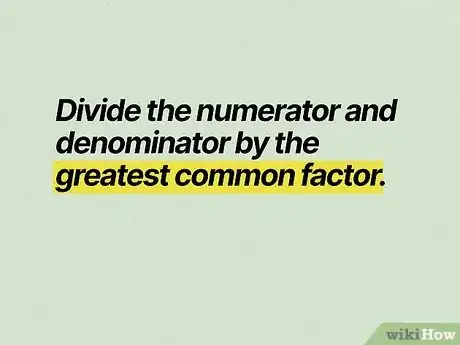
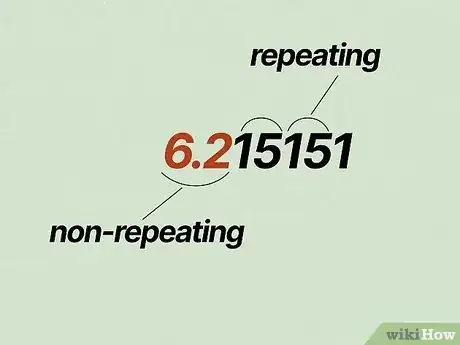
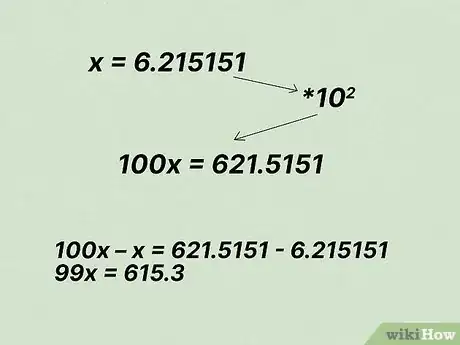
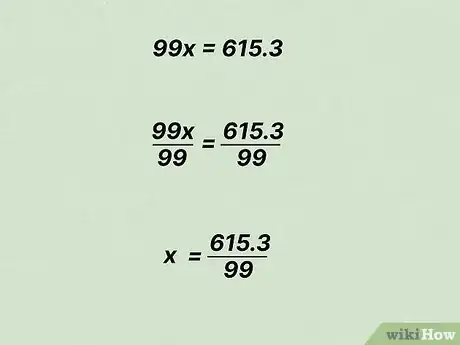
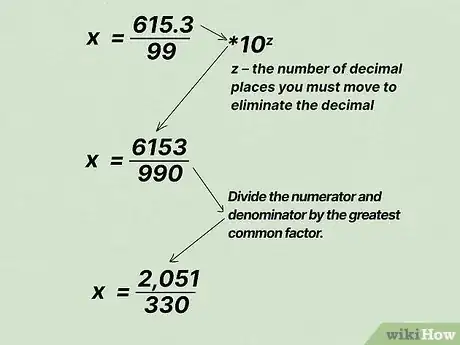

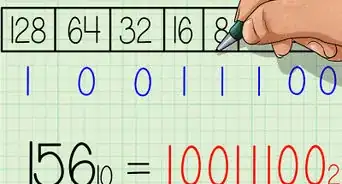
-to-Grams-(g)-Step-8-Version-5.webp)
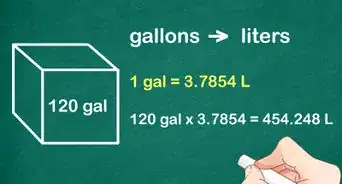
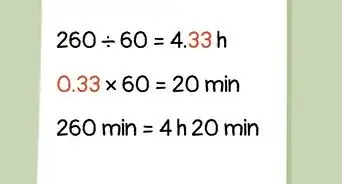
-to-Fahrenheit-(°F)-Step-6-Version-2.webp)
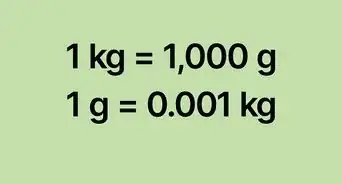
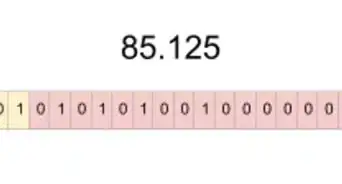
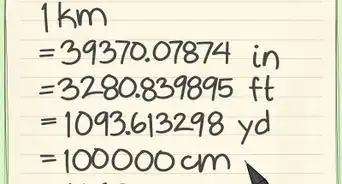
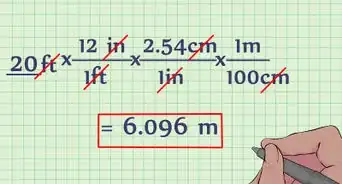
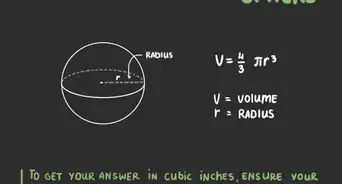
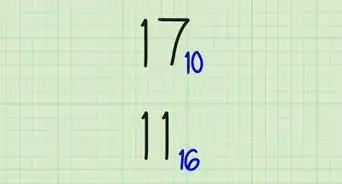
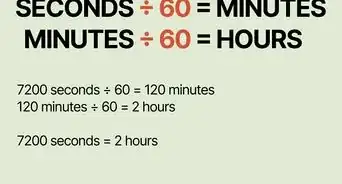
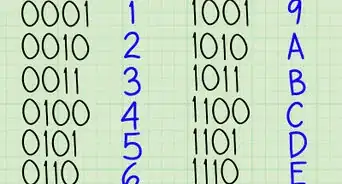







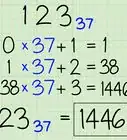
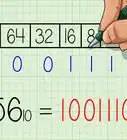
-to-Grams-(g)-Step-8-Version-5.webp)
